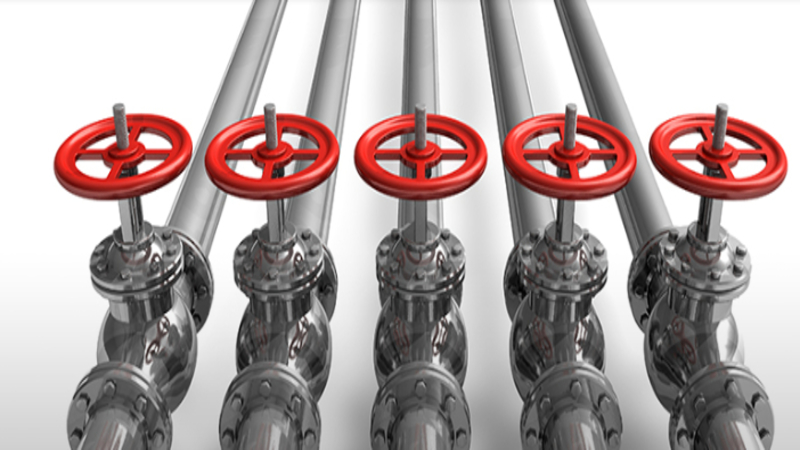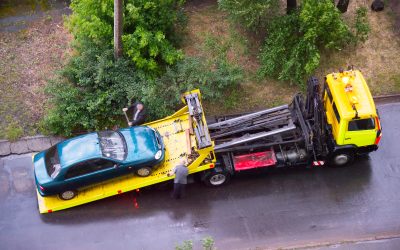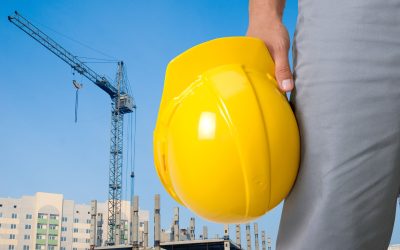A blast cabinet is an instrument typically used in abrasive blasting – a technique that is more commonly known as sandblasting and uses a propelled stream of abrasive material against a surface to either smooth rough surface or roughen a smooth surface. At its core, the blast cabinet is a closed loop system that blasts a surface and recycles whatever abrasive is being used.
How does this work?
Four components make a blast cabinet up – the containment cabinet, the abrasive blasting system, the abrasive recycling system, and the dust collection. The operator can typically operate a manual blast cabinet by turning the blast on and off with a foot pedal. Automated blast cabinets are often used for larger projects and incorporate more parts, such as blast nozzles and a conveyance system.
Are there different types?
Yes, there are. There are a variety of blast cabinets available for any number of projects. No matter the project, there is sure to be a blast cabinet design that will suit the needs of the operator with little effort.
What types of blast cabinets are available?
- Direct Suction Blasting Cabinet: A suction-based cabinet that works by pulling an abrasive into an air stream and delivering it directly to the blasting gun. These cabinets have a variety of applications and are often easier to use.
- Direct Pressure Blast Cabinet: These cabinets are better suited for larger sanding projects – they have larger pressure vessels that allow for more extended periods of time in between abrasive refills.
- Wheel Blast Cabinet: Wheel blast cabinets are built with the specific purpose of preparing automotive wheels prior to re-coating. This cabinet’s specificity has a variety of extensions that make wheel processing as easy as possible for the customer.
- Specialized Blast Cabinet: These cabinets are specially made by a manufacturer to fit the requirements of the customer. They can have any specifications and have been built for a variety of purposes.



